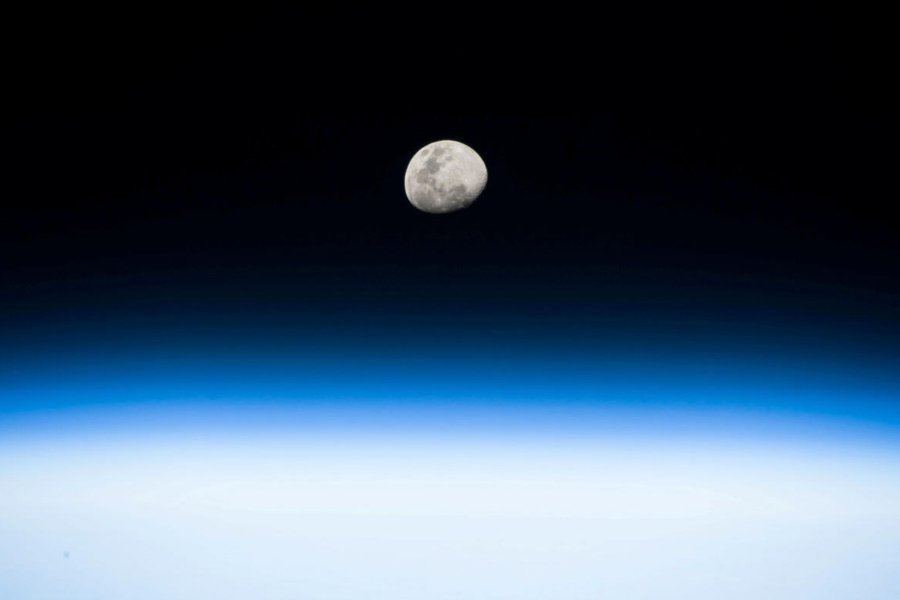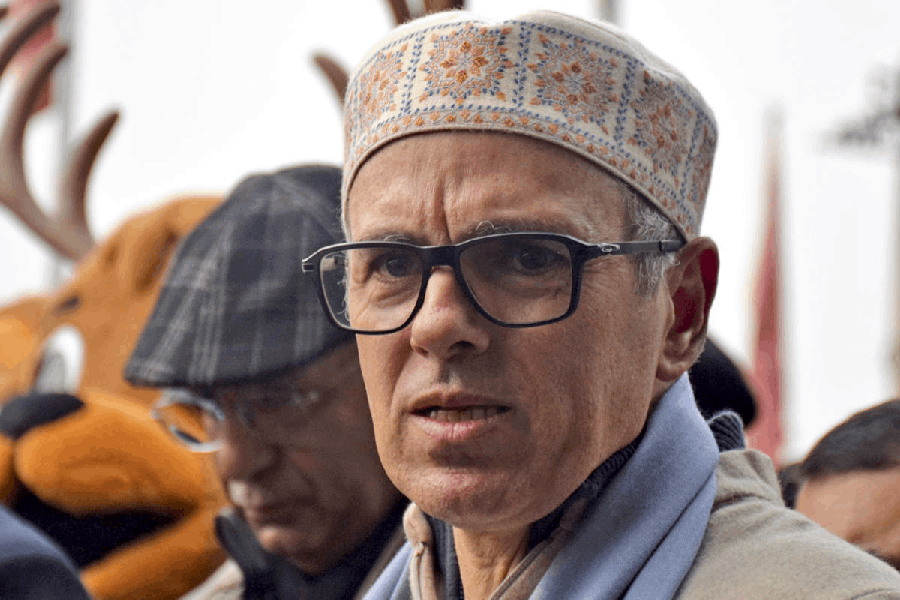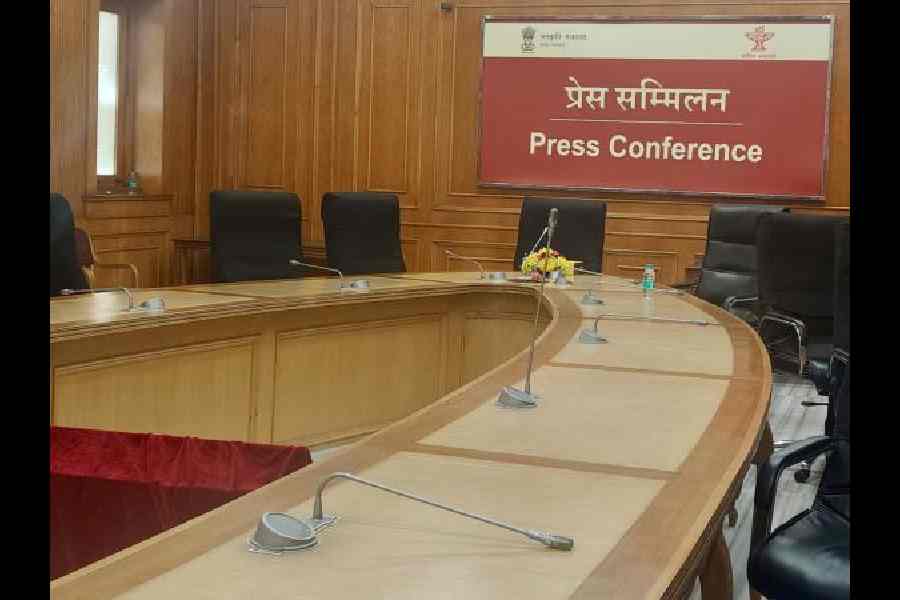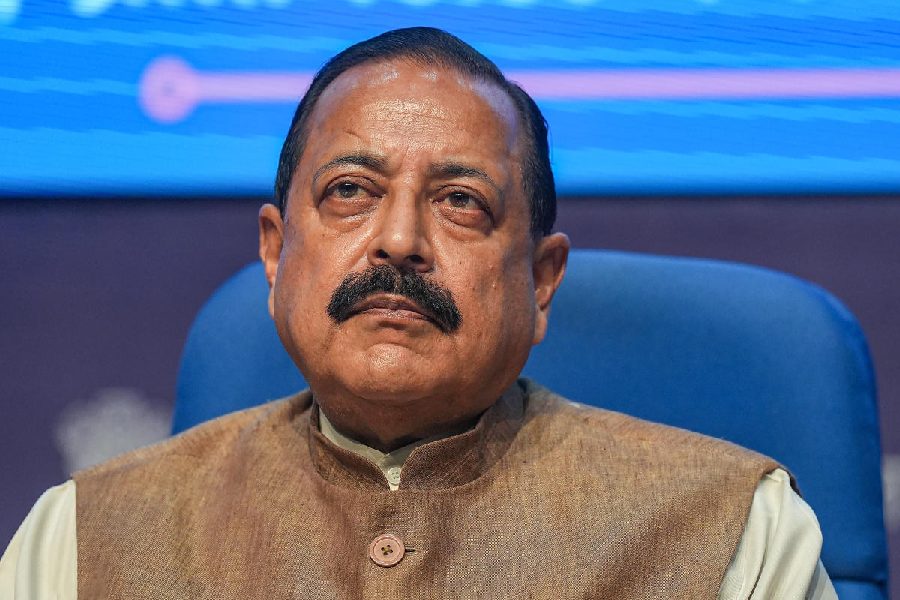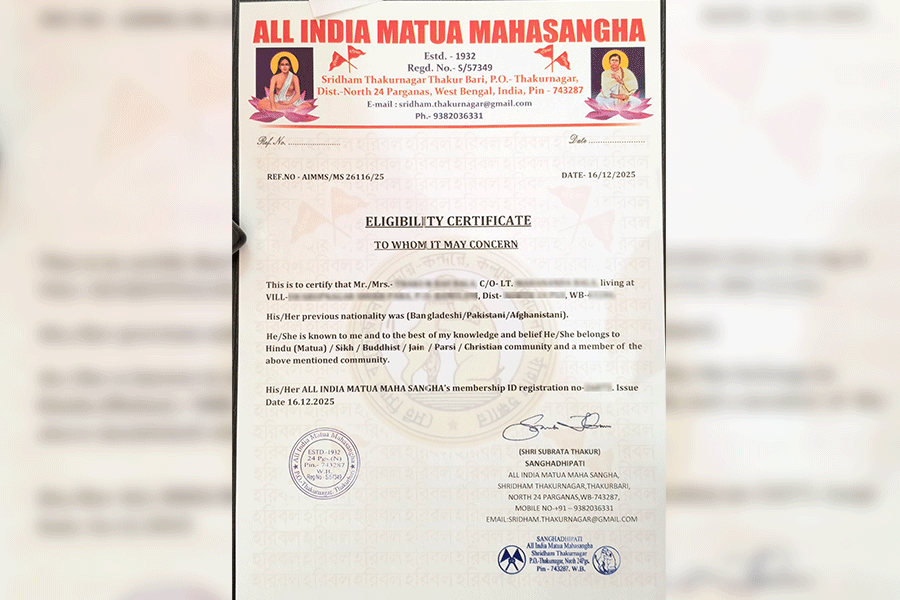Noah was a lucky man. He only had to accommodate 1,389 kinds of birds and beasts aboard his Ark. ‘Kind’ here is widely believed to be an equivalent of the modern taxonomic rank known as ‘family’, which is further categorised into ‘genus’ and ‘species’. If Noah were a modern-day conservationist with access to an updated taxonomic catalogue, he would have to find an Ark big enough to carry the weight of over 8.7 million known species, or 17.4 million organisms since he took two of each creature.
In the midst of the ongoing sixth mass extinction, the scientific community is now grappling with exactly such a problem. As more species go extinct, scientists have been gathering samples of plants, animals and other organisms and storing their cells, seeds, and similar genetic material in secure facilities around the world. However, climate change, natural disasters and conflicts pose a threat to these modern-day Arks. In response, some researchers have recently come up with a novel idea: build an Ark on the moon. The real dilemma, though, is who gets space on this Ark.
‘Species’ has long been the cornerstone of zoology. It has been the bedrock of the animal kingdom and the driving force behind discussions about extinction — just think of how we talk about iconic species like the dodo, the blue whale, and the giant panda. But this focus on species can overshadow the vast diversity within the natural world, leaving many subspecies at risk of being overlooked. This is where the idea of the trinomial system, or subspecies, came into play. A trinomial adds a third classifying name — say Corvus splendens splendens for the Indian, grey-necked house crow — expanding Noah’s hypothetical menagerie even further. Although it is often resisted by the scientific community, trinomialism not only offers greater clarity and diversity but also provides an enriched view of the living world and our relationship with it.
Thinking merely in terms of species obscures the grey areas that lie at the heart of the evolutionary process. With the dawn of Darwinism crept in the realisation that the species was not an immutable form. Each species mutated not only as part of evolution but also to adapt to its local conditions. This brought to life a debate that has been raging ever since. Do we lump and pull large numbers of slightly different animals together under a single species or do we split, endlessly divvying up animal types as new variations arise? Although the war between the lumpers and the splitters plays out in textbooks and academic conferences, the winners and the losers may end up determining the future shape of the planet. At present, the species is the unit of the International Union for Conservation of Nature’s ‘red list’ of at-risk creatures. But this is reductionist and inimical to the maintenance of healthy, dynamic, resilient ecosystems.
To understand what happens when we take a more nuanced view, consider the case of the Ceratotherium simum cottoni or the northern white rhinoceros. When ‘Sudan’, the last male northern white rhino, died in 2018, it all but snuffed out the hope for this sub-species. Only two female northern white rhinos remain alive. The huge outpouring of scientific and public sympathy for this subspecies — Sudan achieved celebrity status on social media — ensured enough funds to extract eggs from one of the female white rhinos and inseminate it with sperm from a dead male rhino and have a southern white rhino act as a surrogate. When subspecies become more distinct — more seen — it changes how the world values them.
Since, unlike Noah, contemporary scientists planning to conserve biodiversity on the moon do not have to make frantic calculations about load distribution and ballast or the logistics of food supply and waste disposal, there is a strong case for focussing on the differences that make each subspecies unique and worth saving.

